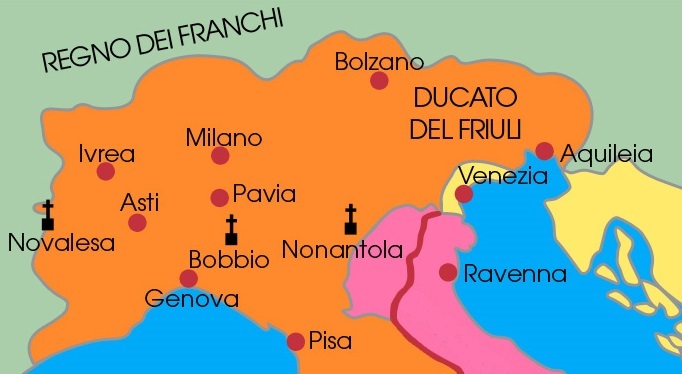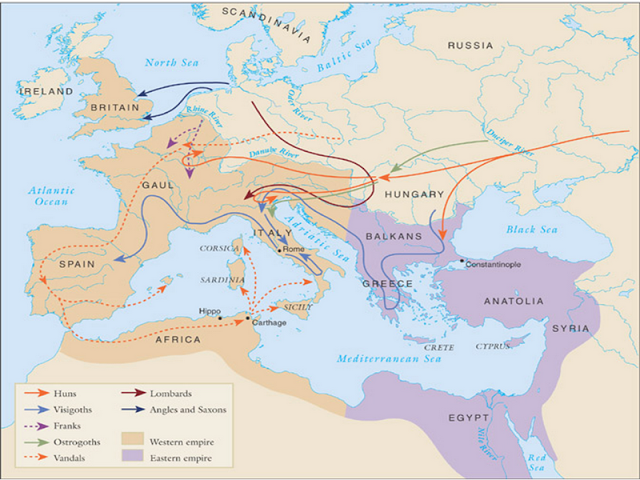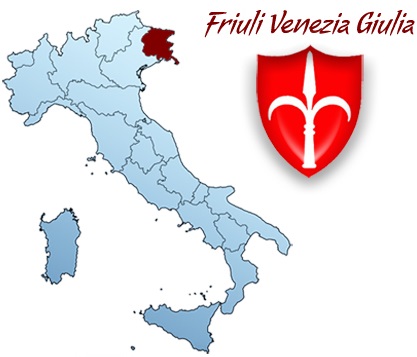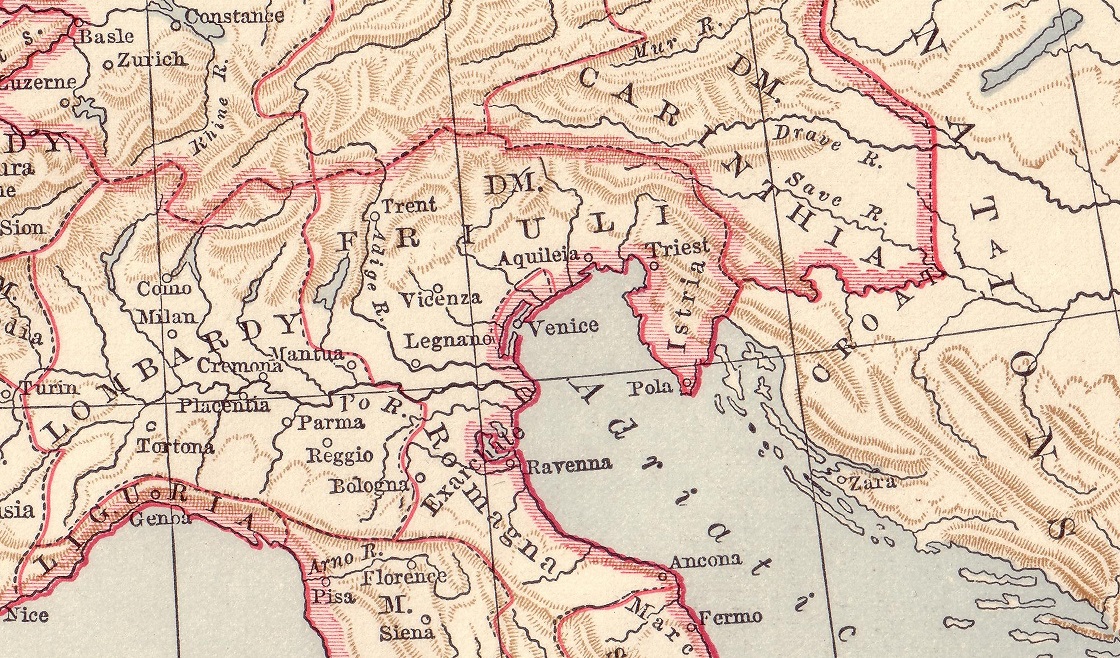The Duchy of Friuli became a march of the Carolingian Empire after 774, when Charlemagne conquered the Kingdom of the Lombards. Land in southern Italy held by Lombard Dukes was claimed by two empires: the Carolingian Empire to the north and west and the Byzantine Empire to the east.

The strategic importance of this coast on the Adriatic sea was recognised by Julius Caesar, who quartered his legions in Aquileia during winter. Diocletian moved the capital of the Western Roman Empire from Rome to Milan in 286. Constantine issued the Edict of Milan in 313, granting tolerance to all religions within the Empire. Aquileia became one of the most prestigious bishoprics, competing with Milan and Ravenna, for second place to Rome. Milan was besieged by the Goths in 492 and the Imperial residence was moved to Ravenna.

Henry IV assigned the marches of Carniola and Istria to the patriarchs of Aquileia as ecclesiastical Princes of the Holy Roman Empire. The patriarchal state of Friuli was one of the best organized of the Middle Ages. A parliament representing the communes as well as the nobility and the clergy survived until 1805, when it was abolished by Napoleon Bonaparte.
Food culture has been enriched by the historical melting pot of peoples, languages and traditions.

The foremost white wine produced in this region is the dry and aromatic Tocai Friulano. The European Community demanded a name change, because of a confusion with Hungarian Tokaj and French Tokay.
Seafood dishes include crostacei e conchiglie (a crustacean and shellfish dish), specialities such as boreto from Grado, “scampi a la busara” from Istria, sardoni from the Gulf of Trieste and ribalta vapor from the Marano lagoon.
Montasio, smoked ricotta cheese with the taste of Alpine meadows is the best known cheese of the region and cheeses that are little known but much-loved, are formadi frant and Asìno.
Delicacies such as Sauris cured ham, cured ham from Cormòns, salami, speck (smoked ham), local bacon, brusaola and pitina, smoked meatball of sheep, goat or wild animal are all characteristic foods of the region.
